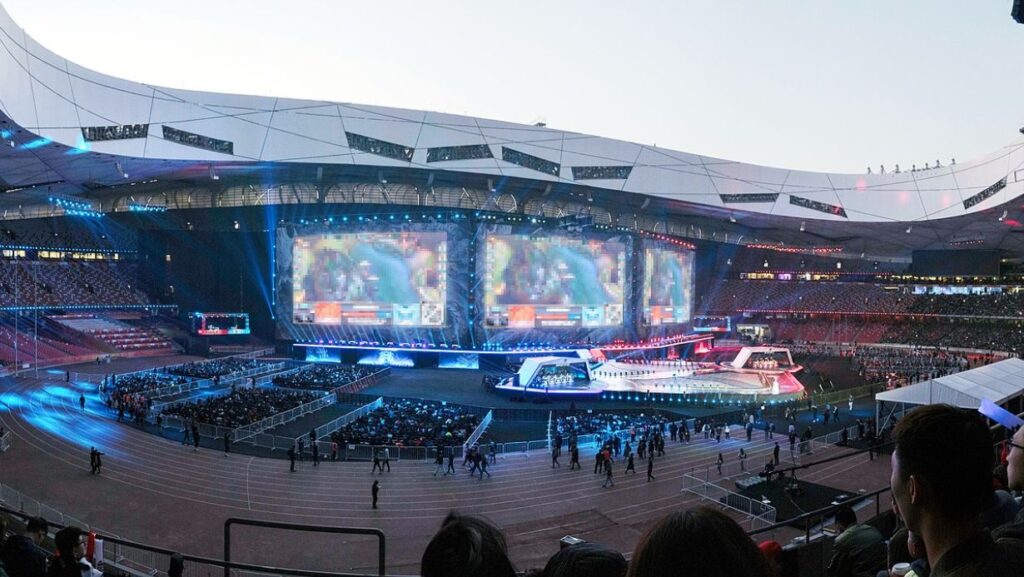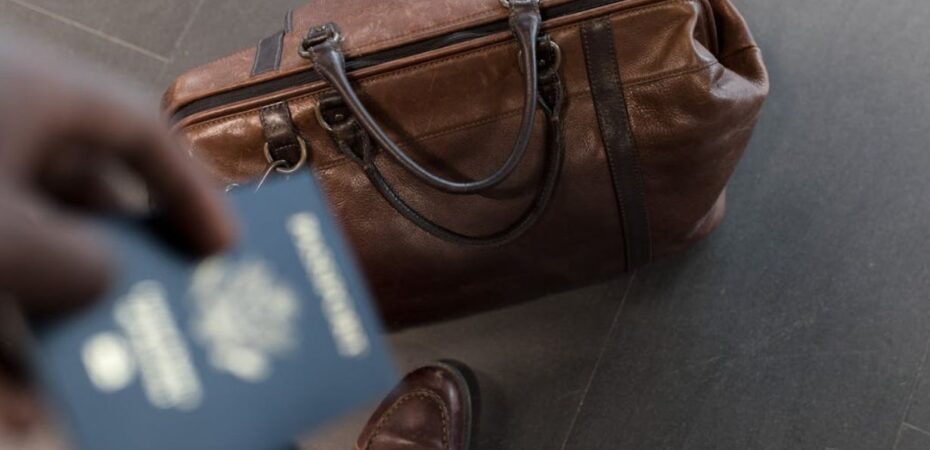Besides family trips, an even bigger group of travelers are those who chase global events like concerts, sports, and gaming tournaments. Although some may overlook their importance, such events are powerful in shaping tourism agendas, as fanbases often make travel decisions entirely around them. With this in mind, games and sports have transformed our travel priorities by shifting their formats. After all, why would a professional gamer travel thousands of miles for a tournament when many of them are now held online? Let’s explore further.
Online Poker Tournaments
Not long ago, major poker tournaments meant flying out and staying in hotels. Players had to go to casino hubs like Las Vegas or Monte Carlo to compete. Today, online poker has changed that. Now anyone can join global tournaments from home using just a computer or phone. This makes it possible for someone in a small town to play against people all over the world without leaving their house. Online events are also much bigger than anything a casino could host. The biggest online poker tournament ever had more than 253,000 players — something no real casino could fit. This shift means more people can join, and players save a lot of money by not having to travel.
To appreciate the savings, consider the expenses a poker professional would incur on the road. Beyond the tournament buy-in and casino fees, there’s airfare, hotel bills, dining out, and other travel incidentals. One poker expert calculated that playing a series of modest live tournaments ($1,000 total buy-ins) on a weekend trip could cost about $1,475 in total once you include ~$200 for a couple nights in a hotel, ~$100 on travel, and extra meals. In this scenario, roughly $475 is “wasted” on travel overhead – money and time that do not go into the actual game. For many players, that extra cost can mean the difference between profit and loss. By contrast, playing online poker tournaments eliminates these travel expenses, the only “travel” being the walk to one’s computer.
Over the course of a year, skipping just a few international trips by playing online could save thousands of dollars in flights and hotels. It’s no surprise, then, that online poker has boomed: as of 2025, about 1 in 5 adults globally (over 880 million people) have gambled online in some form – a testament to how many are opting to stay home for their gaming entertainment. Importantly, this shift has come without much downside for players’ competitive ambitions. Online tournaments run more frequently than live ones and offer a comfortable, flexible environment. In short, virtual gaming has enabled global participation in events that previously required literal globetrotting. The result: countless trips not taken, as our habit of traveling for games transforms into logging in from home.
Esports – A Hybrid of Virtual and Physical Travel
Major esports tournaments now fill stadiums with spectators, much like a traditional sport, while millions more watch live streams from home.
This photograph captures the League of Legends World Championship 2017 Finals between SK Telecom T1 and Samsung Galaxy, held at the Beijing National Stadium (Bird’s Nest), China. The massive venue is packed with thousands of fans, with the main stage illuminated in vibrant lights and giant screens displaying the in-game action. Image: Here
This hybrid model is changing travel habits in unique ways. On one hand, anyone with an internet connection can follow the action without traveling – for instance, the 2019 League of Legends World Championship was watched by over 100 million people online worldwide, even though only about 15,000 fans were physically present in the arena for the finals. This shows how esports allows the vast majority of its audience to opt out of travel and enjoy the event virtually. On the other hand, a growing subset of dedicated fans do want to be there in person for the unbeatable atmosphere of a live esports showdown. Surveys reveal that over 61% of esports fans are willing to travel to attend live tournaments for a more dynamic experience. Just like with a football or basketball game, these fans crave the energy of the crowd, the chance to cheer with others, and even to explore the host city as part of their trip.
The result? Esports has quickly grown into a major force in sports tourism, reshaping how fans and players travel. Countries like South Korea, China, and the U.S. have become global hubs, regularly hosting packed championships. A League of Legends final in Seoul, for instance, sold out a 16,000-seat arena in minutes, while a Texas tournament drew nearly 50,000 fans, 95% of whom traveled long distances.
The impact mirrors traditional sports: hotels book up, local restaurants thrive, and cities gain worldwide exposure. Rotterdam’s 2019 European esports championship alone generated around $2.3 million in economic benefits, with 87% of attendees coming from outside the city.

Yet esports is unique in its dual mode of engagement. Millions stream events online while thousands travel for the live spectacle. Fans may watch qualifiers at home, then splurge on travel for a grand final. Players themselves often qualify online before flying out for in-person championships.
In effect, esports has created a hybrid model of tourism: virtual participation for convenience, and live travel for unforgettable, high-energy experiences. This flexibility is what sets it apart from traditional sports—and why it’s reshaping global travel habits.
As we’ve seen, the landscapes of gaming and sports have reshaped why and how we travel. Virtual games and tournaments have diminished the need for many trips, allowing global connections to flourish without stepping on a plane. Meanwhile, the spectacle of live sports (including the new era of esports) has created new reasons for people to jet off to far-flung places. Our travel habits have turned into a mix of two worlds – some of our free time is now spent online, connecting with people everywhere, while other moments push us to travel and enjoy big live experiences in person. The table below shows how international travel has grown over the years, giving context to these changes.
| Year | International Trips (million) |
| 2000 | 674 million |
| 2005 | 808 million |
| 2010 | 939 million |
| 2015 | 1,186 million |
| 2019 | 1,480 million |


 By
By 




